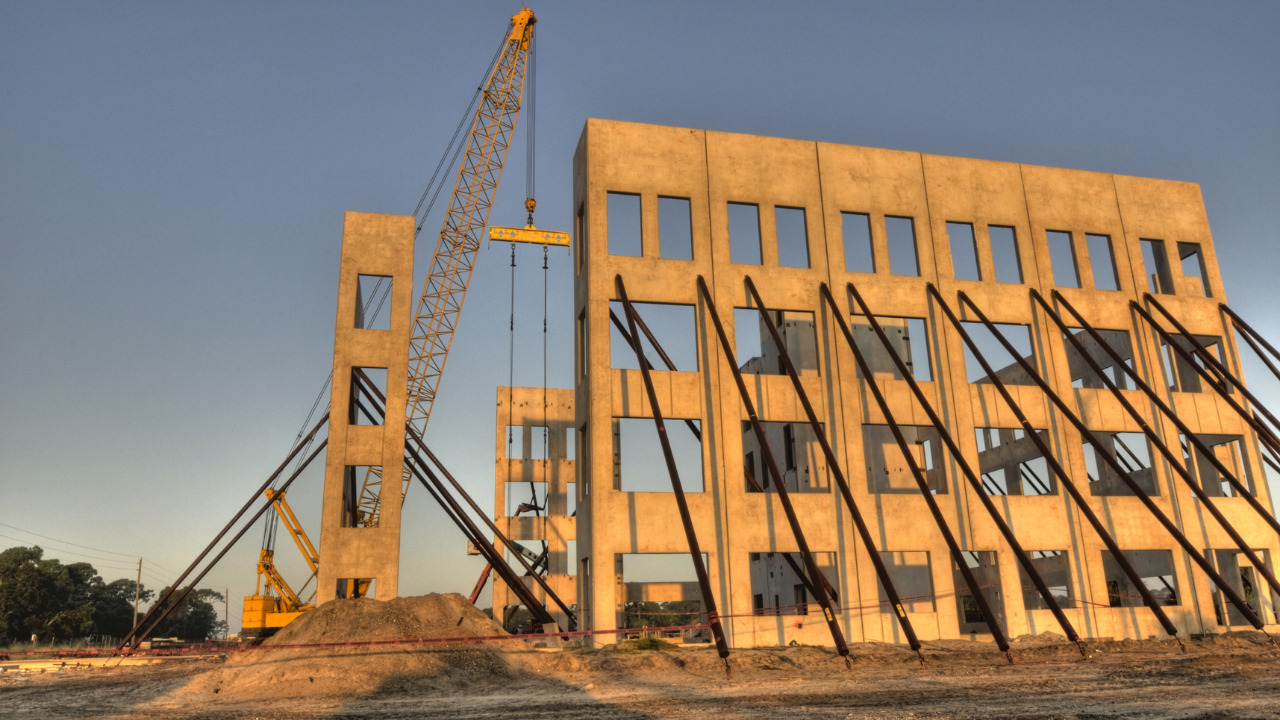Oval Truss permanently fastens assemblies of metal, wood, plastic, ceramic, leather, or composition materials with pre-punched or pre-drilled holes. They bear a permanent, secure joint with the tiniest radial expansion so that the joint can act as a pivot.
It Provides high strength and low unit cost. Fast, easy clinching on high-speed, automatic feed riveting machines provides high productivity using unskilled labor for a low installed cost. Oval Truss are manufactured following internal standards and coated with a proprietary wax to guarantee a smooth rollover and clinch of the assembly.
To calculate the Oval truss length, add the material thicknesses to be riveted to the maximum clinch allowance “CA.” The resulting value is the full allowed oval truss length. Round off to the nearest 1/31, not exceeding the maximum permitted oval truss length.
Table of Contents
Geometrical Structure Of Oval Truss
The span to Oval truss depth ratio should be between 10 and 15 for effective structural performance. The building’s external geometry is determined by its architectural layout, which controls the slope applied to the truss’s top chord.
The bottom chord can be horizontal or inclined, depending on the planned use of the interior space, such as when conveyors must be hung underneath the chord. Ready bottom chords allow for the provision of the most room.
The following is suggested for a practical arrangement of the truss members between the chords:
- Only at nodes should point loads be used.
- The diagonal members’ orientation should be such that the most extended members are under tension.
- The angle between the chords and the diagonal elements should be between 35° and 55°.
Uses And Care Of Oval Truss
Oval trusses should be used and handled correctly to extend their longevity. If at all possible, avoid dragging or dropping the truss to prevent unnecessary abrasive or impact damage to it. When moving the truss by hand, ensure there is always enough personnel to guarantee that it is handled correctly.
To avoid dropping or dragging the oval truss members, dollies should also be utilized when moving them. Always exercise caution when moving trusses with a forklift, and ensure the person in charge of the equipment has the necessary instruction and certification.
If not operated appropriately, the lift’s steel forks can easily harm the aluminum members of a truss. Place the forks underneath the oval truss to protect the internal members and diagonals if possible.
When shipping or transporting a truss, carefully box and secure the truss and other things around, avoiding any rubbing or bouncing that could result in significant damage.
When joining two trusses, make sure the connections are solid before lifting or loading the truss.
Reasons For Using Oval Truss
The everyday usefulness of Oval Truss is in buildings, where support to roofs, the floors, and internal loadings, such as services and suspended ceilings, are readily provided. The main reasons for using trusses are:
- Lightweight
- Opportunity to support considerable loads.
- Long span
- Reduced deflection
The Effect Of Non-Preloaded Assemblies On Oval Truss Deflection
A bolt must make contact with one or both of the connected elements for a connection with clearance holes to convey the load, allowing for a slide in the connection. This slip can be considered an extra extension to the elastic elongation of the member in tension for the corresponding tension member.
The slip is also regarded as a length decrease for a connected compression member, added to the elastic shortening of the compressed member. A truss structure’s numerous connections’ combined slippage can result in a considerable rise in displacements, which may have more or less severe repercussions.
Types Of Connections For Oval Truss
It is possible to design bolted or welded connections for all types of member sections. Bolted site splices are generally preferred over welded splices in steelwork construction due to the cost and speed of erection.
When bolted connections are used, the consequences of slack links must be considered. Pre-loaded assemblies that produce non-slip joints are recommended to reduce these consequences.
Hollow sections are typically joined by welding, whereas open sections are joined by bolting or welding using gusset plates. Small trusses transported from the fabrication factory to the job site can be welded completely.
When large roof trusses cannot be transported whole, welded sub-assemblies are delivered to the job site and either bolted or welded together. Due to the prerequisite for gusset plates and the increased fabrication costs, bolted connections are less preferred in light roof trusses than welded connections.
Guidance On Global Analysis
It is often acceptable to presume that joints in trusses are pinned and to verify the members for axial load, although they are frequently rarely fastened in practice. Trusses are frequently analyzed with continuous chords but with all internal members pinned if loads are applied between nodes.
These pinned joint behavior presumptions hold for both bolted and welded connections. The other moments created by the eccentricity are often considered in the design of the chord members in cases when member center lines do not connect at a node.





